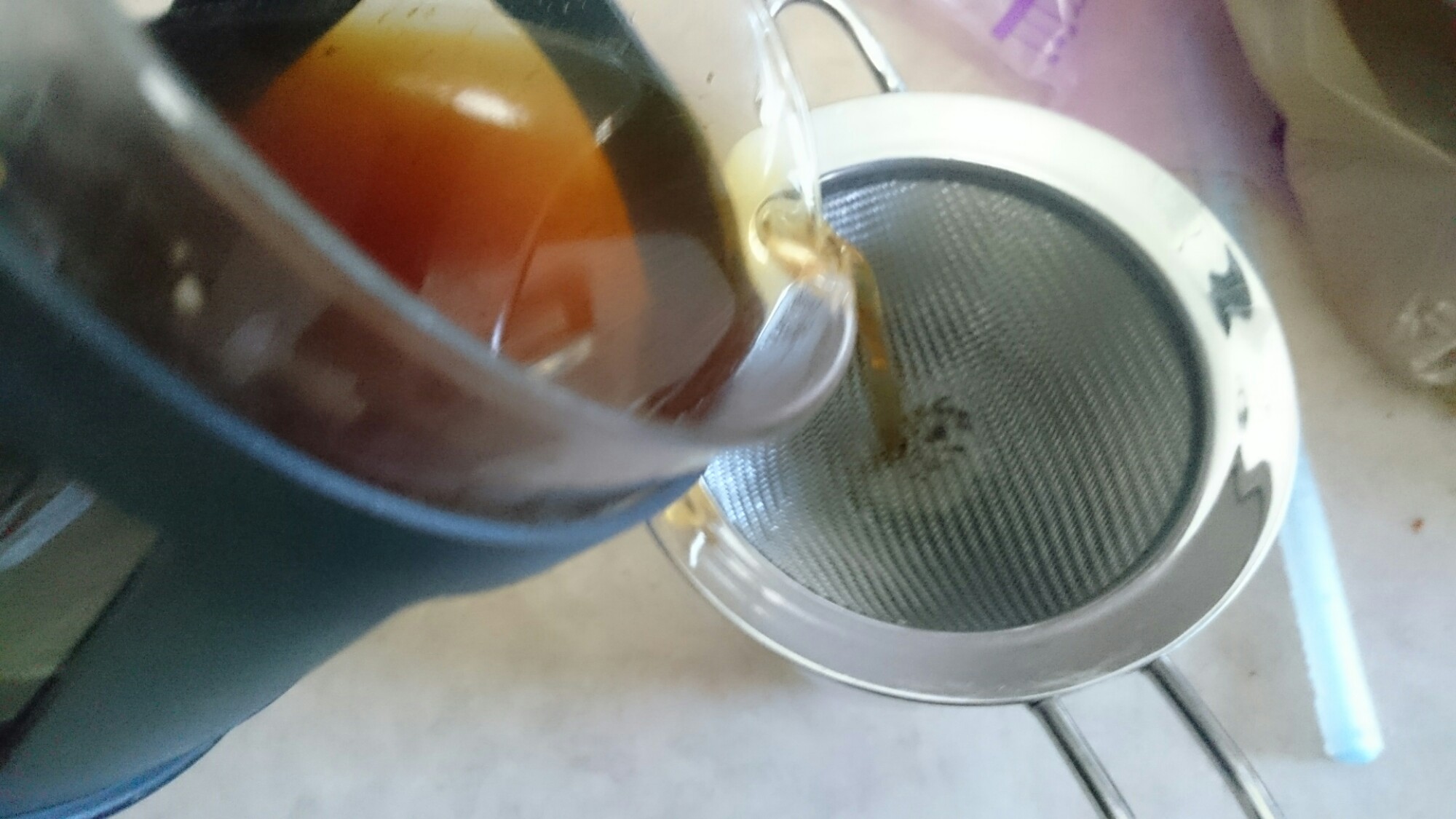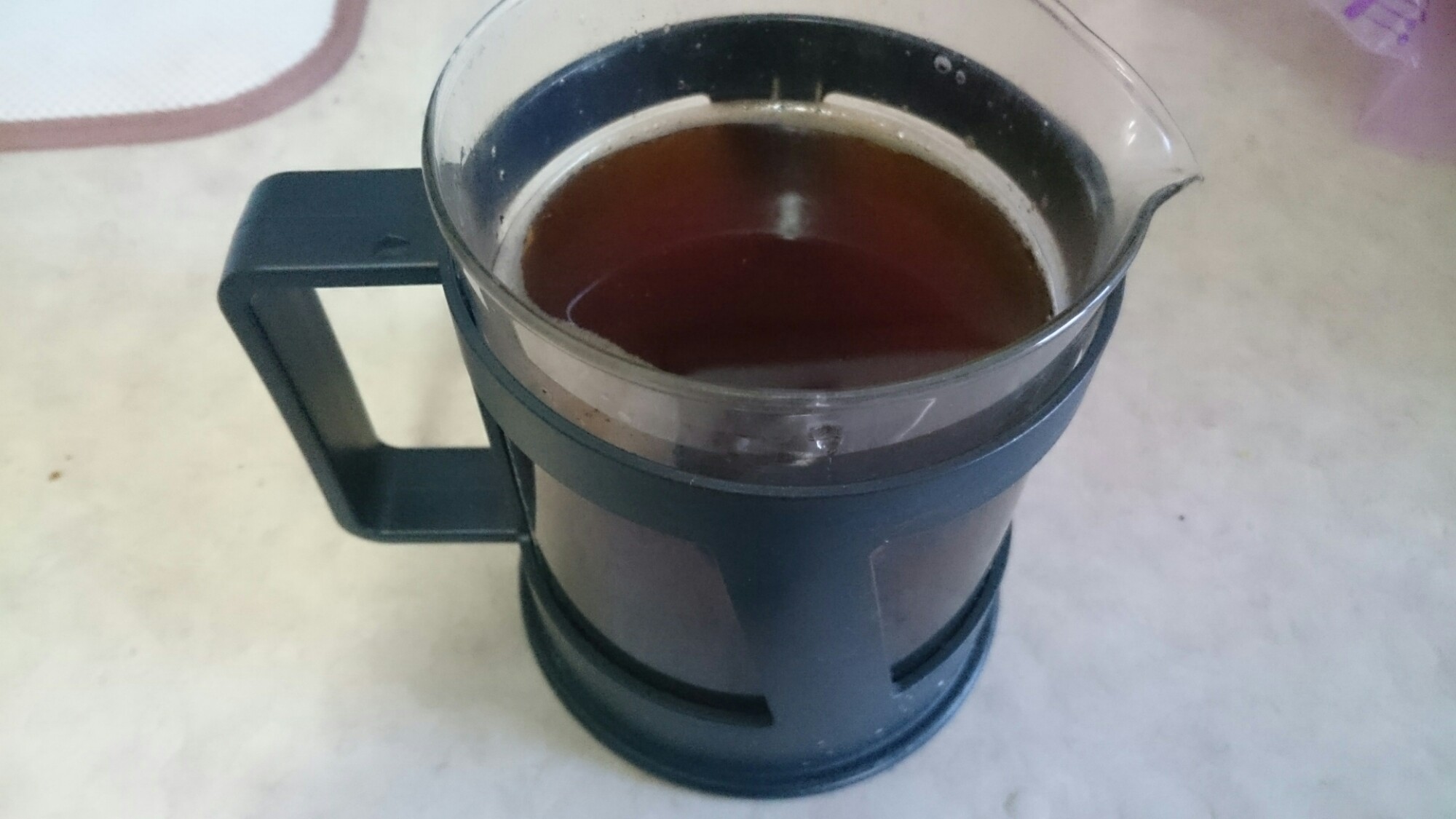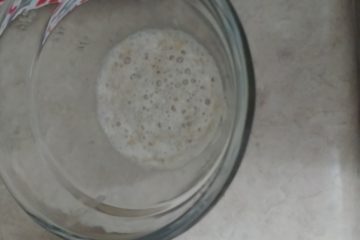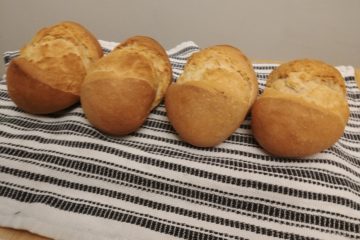Ok, this is 50+ years out of period. However, I thought I’d try it anyway.
Coffee comes to Europe through trade with the Ottoman Turks. Coffee first came from Ethiopia, sometime in the 15th century it was introduced to Yemen (The Ottomans and the Yemeni Coffee Trade, Hathaway, Jane, 163) and by the 16th century was also being grown in Egypt, Syria, and near Istanbul (Ibid.). If those places sound like they might be linked at the time it’s because they were all part of the Ottoman Empire. They loved their coffee, and the best coffee was grown in Yemen (164).
Though I’ve heard anecdotally that coffee first came to Europe in Malta in the 1560s the earliest I’ve been able to find information on is in 1573 (All About Coffee Ukers, William Harrison, 2) and that’s an Italian’s reflections on seeing people drinking coffee in Syria. Unfortunately actual introduction to Europe isn’t until 1615 (25). However Europeans who visited the Ottoman Empire had been drinking it in coffee shops as early as 1582 (ibid.) and probably earlier. The Venetians, Prospero Alpini to be specific, are the ones to first talk about the method of preparation for coffee in 1592 (26). By 1615 the Turkish drink was well known in Europe as a Turkish drink, and had finally begun being sold in Venice, though mainly for medicinal purposes (27). By 1645 Italian drink vendors were selling coffee and drinking chocolate as well as lemonade and alcohol (ibid.) and by 1671 coffee was a prominent drink. Although there are rumors of earlier ones the earliest confirmed coffee house, in that they sold primarily coffee, is in Venice in 1683.
Now moving to England, in 1600 William Biddulph was the first Englishman to write about coffee. He wrote about how the Turks/Ottoman Empire loved it, similar to the earlier Italian writers (Coffeehouse, Cowan, Brian, 5). By 1650 Coffee had come to England as well, being sold similarly as in Italy five years earlier (6). Coffee houses came later, about the early 18th century, though in England they also sold chocolate and tea (81) as well as tobacco (83).
I don’t know how coffee was drunk in Italy, though presumably it would be more similar to how the Turks drank it. Cowan mentions that in England the coffee was a bit weaker than modern coffee, however, they used a ratio of between 1 ounce coffee per quart to 3 ounces per quart depending on the coffee house (80). One oz per quart is the same ratio used in French Press coffee today and three oz per quart is very close to the ratio used in Turkish coffee. Cowan was likely comparing to drop coffee or espresso rather than French Press which needs less grounds due to the steeping time. The coffee was unfiltered though with the grounds mixed right into the boiling water and left to steep for a bit with sugar and frequently milk (ibid.). The end result of this is virtually identical to French Press coffee with a little bit more grounds in the bottom of the cup.
If you want to try it get out your French Press and make a pot with the ratio above, but don’t use the filter/plunger. I used a hand sive to see how much grounds settle vs going in be cup. The coffee will have mostly settled, but there will still be a bit of grounds in your cup.
English Coffee (early 18th century)
- 1/2 oz fine or medium ground coffee
- 500 ml water
- 1 tsp sugar
- Place coffee and sugar in coffee or tea pot (a French Press works well for this)
- Pour boiling water over the grounds
- Stir and allow to steep for two to three minutes
- Pour slowly into a cup without stirring, add milk to taste
I’d recommend someone trying it where the grounds are boiled in the water ala Turkish coffee, but basically in the early 1700s their coffee tasted a lot like ours.





You must be logged in to post a comment.